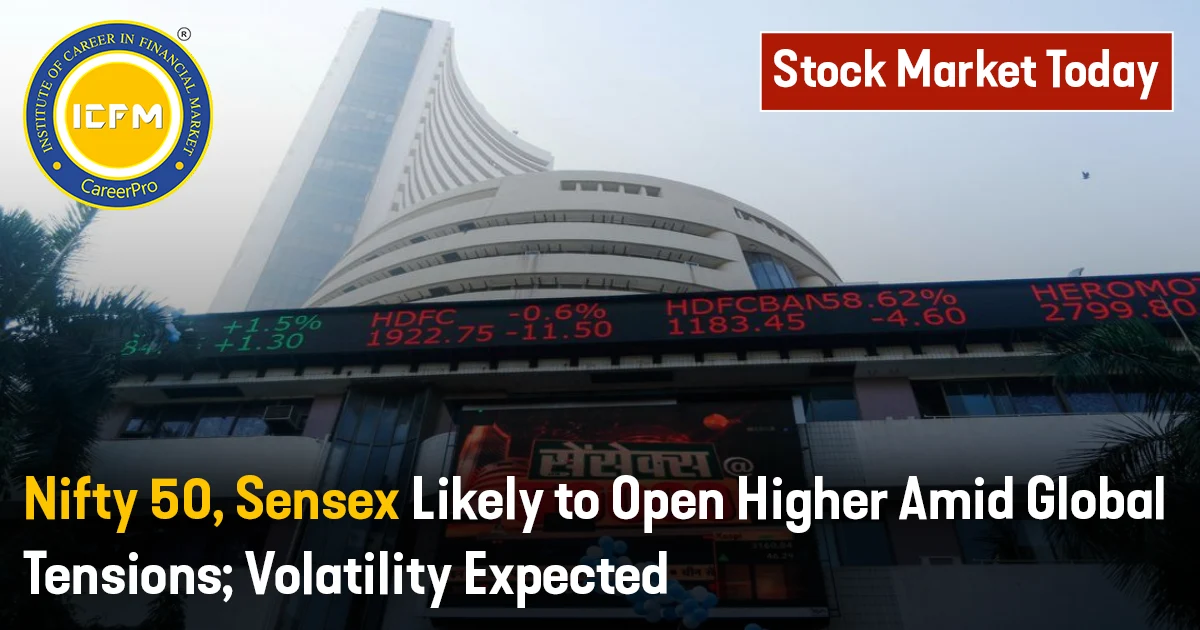Key Highlights:
Sensex falls over 700 points, Nifty 50 below 23,250
Investors lose around ₹5 lakh crore in market rout
Weak global cues, Trump's tariffs, and FII selling weigh on sentiment
Rupee plunges to a record low of 87 per USD
Stock Market Turmoil: Sensex and Nifty Sink
The Indian stock market witnessed a sharp decline in early trade on Monday, February 3, as the Sensex plunged over 700 points and the Nifty 50 slipped below 23,250 amid weak global signals.
The Sensex opened at 77,063.94 against its previous close of 77,505.96 and quickly tumbled to an intra-day low of 76,791.09, while the Nifty 50 opened at 23,319.35 and dropped to 23,246.55 within minutes of trading.
Market sentiment took a huge hit, and the total market capitalization of BSE-listed firms shrunk from ₹424 lakh crore to ₹419 lakh crore in a single session, which resulted in a massive wealth erosion of ₹5 lakh crore.
Why Did the Indian Stock Market Crash Today?
Experts cite five key reasons behind the selloff:
1. Weak Global Cues Weigh on Markets
The escalations of concerns over a trade war were primarily responsible for placing the global equity markets in red after US President Donald Trump imposed new tariffs on Canada, Mexico, and China. Major Asian indices, including Japan's Nikkei and Korea's KOSPI, also plunged over 3%.
"Despite a well-balanced budget, markets are reacting negatively to Trump's tariff announcement and the uncertainty it has created in global trade," said V K Vijayakumar, chief investment strategist at Geojit Financial Services.
2. Trump's Tariffs Rattle Investors
The imposition of 25% tariffs on Canada and Mexico, and a 10% levy on Chinese imports, has instilled fear of a prolonged trade war. Investors fear retaliatory measures, which may disrupt global supply chains and economic growth.
3. Rupee Hits Record Low as Dollar Strengthens
The Indian rupee depreciated sharply, breaching 87 per US dollar for the first time. The dollar index surged above 109.6, adding pressure on foreign institutional investors (FIIs) to offload Indian equities.
"The rising dollar and persistent FII selling will continue to keep the Indian market under stress," Vijayakumar added.
4. Caution Ahead of RBI MPC Meeting
Investor attention is now on the RBI's MPC meeting with the Union Budget 2025 being behind. With the government launching tax reforms in order to induce consumption, the markets are awaiting a possible cut in interest rate by the RBI to help improve economic growth.
5. FII Continues to Exit Indian Markets
Since October 2024, foreign institutional investors have been aggressively selling Indian equities and pulling out nearly ₹2.7 lakh crore from the market. The reason behind FIIs' retreat has been weak corporate earnings, high stock valuations, and rising US bond yields, causing sustained market corrections.
Market Outlook: What's Next?
Experts believe that market volatility may persist in the near term as global uncertainties, FII outflows, and macroeconomic concerns continue to weigh on sentiment. Investors are advised to stay cautious and monitor key triggers like RBI’s policy decision, global market trends, and foreign investment flows.
Disclaimer:
The views and opinions in this article are based on expert analysis and market trends. Investors should consult certified financial advisors before making any investment decisions.








